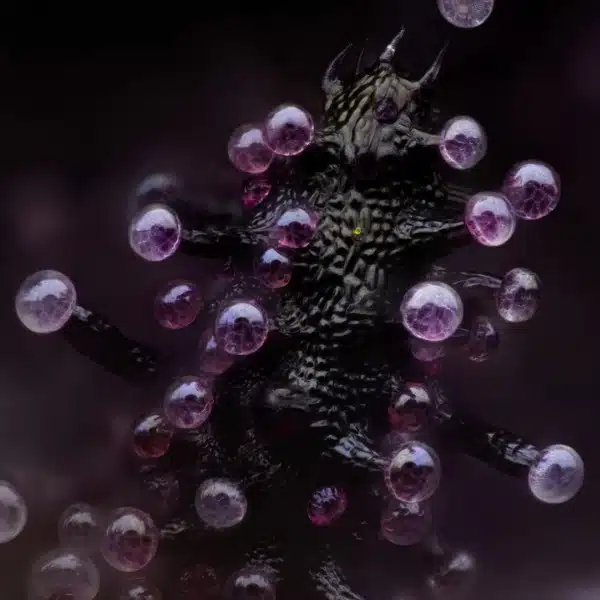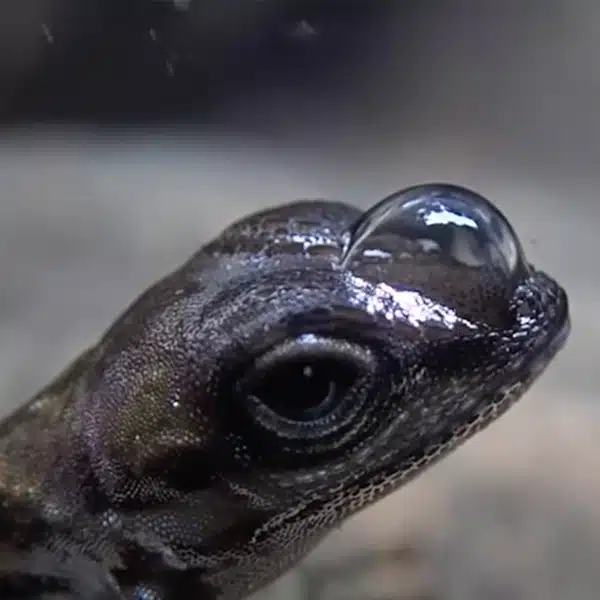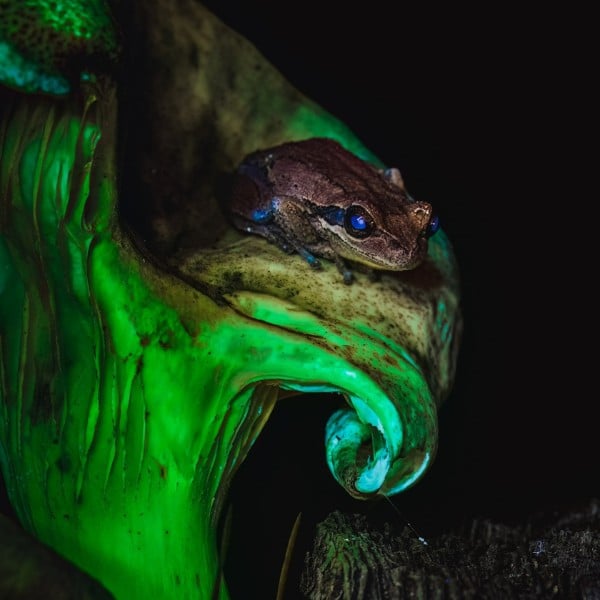
Nature is incredibly mystifying. The differences in human and animal capabilities vary in many ways, particularly, how we see the world. Editor of Muse, Inkfish blogger, and cephalopod enthusiast Elizabeth Preston recently developed this article about how humans see the world compared to different kinds of creatures.
The side-by-side comparison is clear evidence of how natural differences are key to survival. On the left is a simulation of what an animal sees, and set directly next to that on the right is how a human would see the very same scene. A rattlesnake can see a glowing mouse–ie: dinner–in the middle of a pitch black night while the tiny animals almost escape a human's sight. And birds are drawn in to brightly glowing flower petals while humans see a much more dulled down version of the same thing.
The original article explains, “Animals process light differently–some creatures have only two types of photoreceptors, which renders them partially colorblind, some have four, which enables them to see ultraviolet light, and others can detect polarized light, meaning light waves that are oscillating in the same plane.”

Rattlesnakes

Bees

Cuttlefish

Birds






















































































